Exploring The Unknown: 25 Mysterious Locations of The World
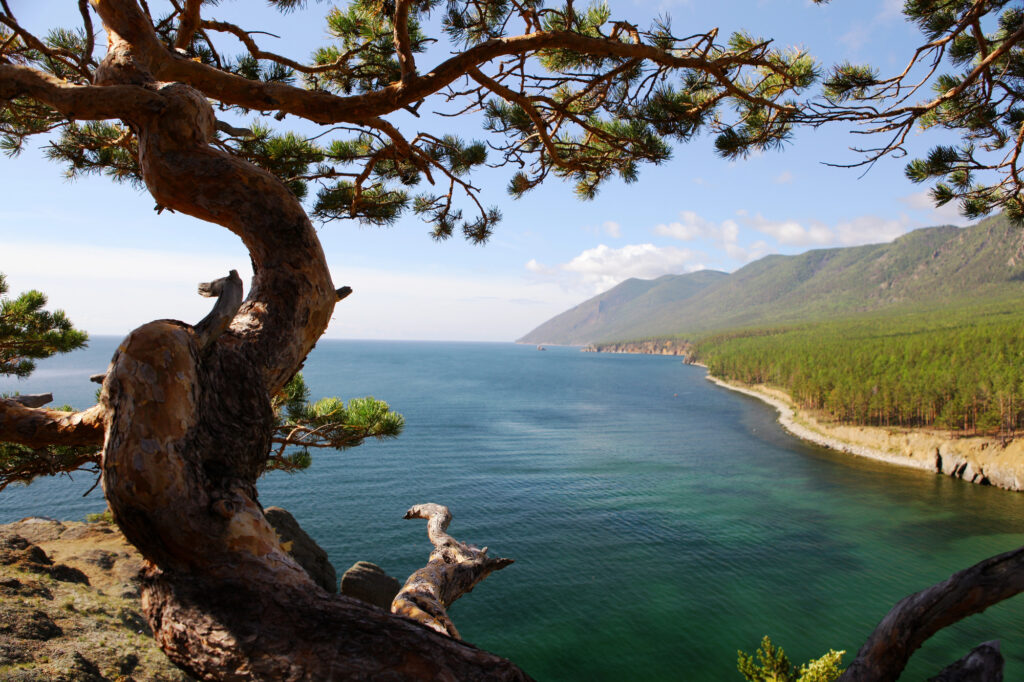
From hidden caves with ancient secrets to cities swallowed by the sea, the world is brimming with locations that remain shrouded in mystery. These places challenge our understanding, inviting the curious to look closer and the brave to visit. Each site offers a unique glimpse into the unknown, revealing stories that are as intriguing as they are baffling. Let’s venture into the tales and secrets of 25 of the world’s most mysterious locations.
1. The Bermuda Triangle (A compass-spinning enigma)

The Bermuda Triangle, stretching between Miami, Bermuda, and Puerto Rico, has long captivated imaginations with its reputation for inexplicably swallowing ships and aircraft. Legends of magnetic anomalies that throw compasses off course add to its mystique. Researchers propose various scientific explanations, from methane eruptions to rogue waves, yet none fully solve the puzzle. It remains a hotbed for speculation and adventure, drawing those fascinated by its unresolved stories. The Bermuda Triangle symbolizes the ultimate challenge in unraveling nature’s secrets.
2. Stonehenge (Ancient astronomical calculator)
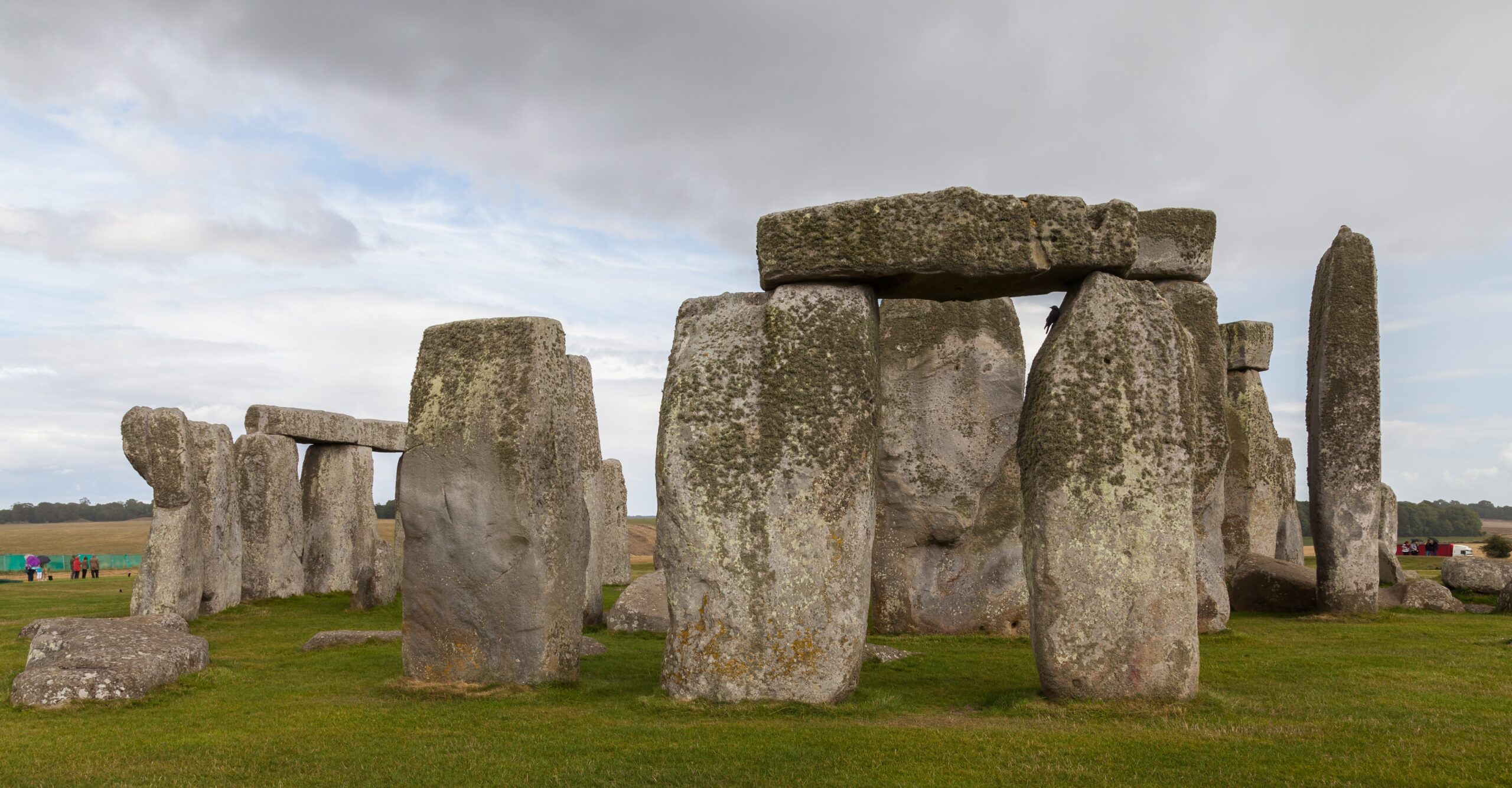
Stonehenge, located in the English countryside, stands as an architectural enigma dating back to 3000 BC. Its massive stones, transported from distances unimaginable for its time, are arranged in precise alignment with the solstices. Theories about its purpose range from a religious temple to an astronomical calculator. Despite modern studies, much about Stonehenge remains a mystery, including the exact methods of its construction. This prehistoric monument continues to attract researchers and tourists, all drawn by its unanswered questions and historical significance.
3. The Nazca Lines (Giant sketches visible from the sky)

In the desert plains of Peru, the Nazca Lines stretch across the landscape, forming shapes and pictures only fully visible from the air. Created between 500 BC and 500 AD, these geoglyphs depict animals, plants, and geometric figures, covering an area of nearly 1,000 square kilometers. Their purpose, whether astronomical, religious, or something entirely different, puzzles historians and archaeologists. Efforts to preserve the lines against threats like climate change and vandalism are ongoing. The Nazca Lines remain one of the most baffling archaeological mysteries, visible proof of ancient civilizations’ ingenuity and ambition.
4. The Great Pyramid of Giza (The last surviving wonder)
![The Great Pyramid of Giza (also known as the Pyramid of Khufu or the Pyramid of Cheops) is the oldest and largest of the three pyramids in the Giza Necropolis bordering what is now El Giza, Egypt. It is the oldest of the Seven Wonders of the Ancient World, and the only one to remain largely intact. Based on a mark in an interior chamber naming the work gang and a reference to fourth dynasty Egyptian Pharaoh Khufu, Egyptologists believe that the pyramid was built as a tomb over a 10 to 20-year period concluding around 2560 BC. Initially at 146.5 metres (481 feet), the Great Pyramid was the tallest man-made structure in the world for over 3,800 years. Originally, the Great Pyramid was covered by casing stones that formed a smooth outer surface; what is seen today is the underlying core structure. Some of the casing stones that once covered the structure can still be seen around the base. There have been varying scientific and alternative theories about the Great Pyramid's construction techniques. Most accepted construction hypotheses are based on the idea that it was built by moving huge stones from a quarry and dragging and lifting them into place. There are three known chambers inside the Great Pyramid. The lowest chamber is cut into the bedrock upon which the pyramid was built and was unfinished. The so-called Queen's Chamber and King's Chamber are higher up within the pyramid structure. The Great Pyramid of Giza is the only pyramid in Egypt known to contain both ascending and descending passages. The main part of the Giza complex is a setting of buildings that included two mortuary temples in honour of Khufu (one close to the pyramid and one near the Nile), three smaller pyramids for Khufu's wives, an even smaller "satellite" pyramid, a raised causeway connecting the two temples, and small mastaba tombs surrounding the pyramid for nobles [Wikipedia.org]](https://novo-dd-images.s3.amazonaws.com/wp-content/uploads/2025/05/06153837/66238774-scaled.jpg)
As the last surviving wonder of the ancient world, the Great Pyramid of Giza in Egypt continues to be an object of scientific and historical speculation. Built as a tomb for Pharaoh Khufu circa 2580–2560 BC, its construction methods are still debated by scholars. The pyramid’s precise alignment with the stars and its internal chambers, hidden and filled with ancient treasures, add layers of mystery. Recent discoveries, like a new chamber found using muon radiography, hint at more secrets waiting to be revealed. The Great Pyramid stands as a testament to ancient engineering prowess and enduring mystery.
5. Petra (A city carved into cliffs)
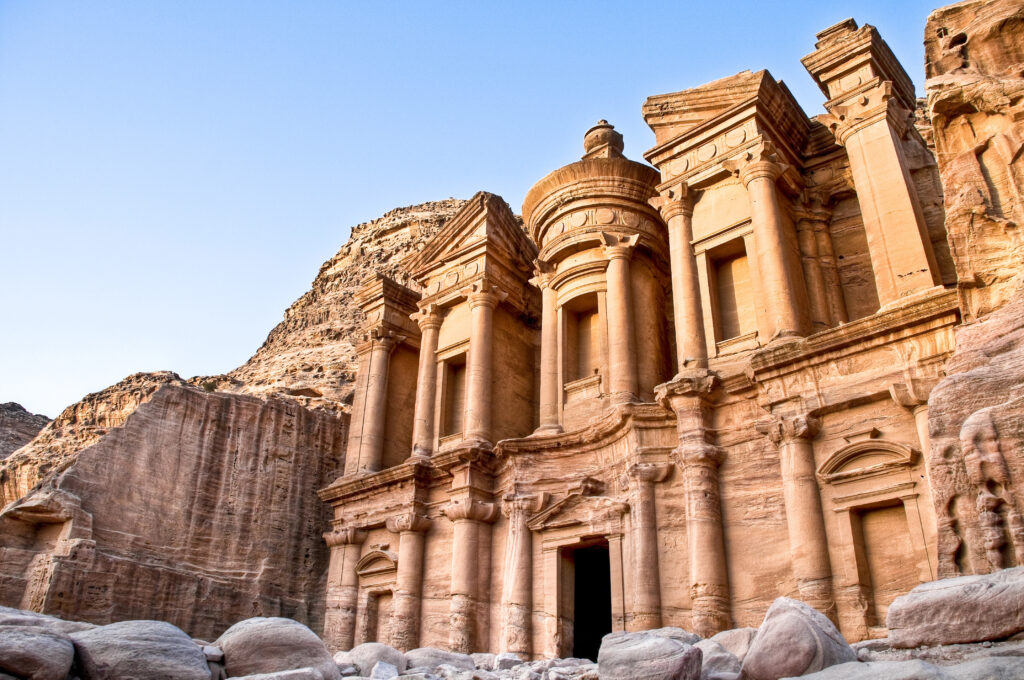
Petra, the rose-red city carved directly into the cliffs of southern Jordan, was once a thriving trade center and the capital of the Nabataean kingdom. Lost to the Western world until 1812, its intricate architecture and the engineering marvel of its water conduit system astonish visitors. The purpose of many structures, including the iconic Treasury and the Monastery, remains partially unknown. Archaeological efforts continue to uncover new facets of this ancient city, revealing a sophisticated culture and society. Petra represents a blend of human ingenuity and the mysteries of past civilizations.
6. Easter Island (Home to the enigmatic moai statues)

Easter Island, or Rapa Nui, isolated in the southeastern Pacific Ocean, is famed for its nearly 900 giant stone statues known as moai. Created by the island’s early Rapa Nui inhabitants, these towering figures are believed to represent ancestral spirits, watching over the communities. The methods used to transport and erect the moai remain a topic of debate among researchers. Recent studies suggest the island’s society was more cooperative and sophisticated than previously thought. Easter Island’s moai continue to stand as silent witnesses to a mysterious past, inviting speculation and study.
7. The Catacombs of Paris (A labyrinth of bones beneath the city)

Below the bustling streets of Paris lies a shadowy underworld known as the Catacombs, stretching over hundreds of kilometers. This underground ossuary holds the remains of over six million people, transferred there in the late 18th century to tackle the city’s overflowing cemeteries. The walls, lined with neatly arranged bones and skulls, create a macabre maze, part historical archive, part monument to the dead. While only a small section is open to the public, legends and stories abound about the uncharted sections. The Catacombs of Paris offer a haunting journey into the city’s past, shrouded in mystery and intrigue.
8. The Plain of Jars (Ancient stone vessels scattered across Laos)

In the Xiangkhouang Plateau of Laos, thousands of stone jars lie scattered across the landscape, creating a sight as mysterious as it is mesmerizing. These jars, some as tall as three meters and weighing several tons, date back to the Iron Age (500 BC to 500 AD). Their original purpose, whether for storage, burial, or something entirely different, remains a subject of debate among archaeologists. The area, heavily bombed during the Vietnam War, has been slow to reveal its secrets. The Plain of Jars stands as a silent testament to a vanished culture, its purpose as enigmatic as the people who created it.
9. The Lost City of Z (A legendary city hidden in the Amazon)
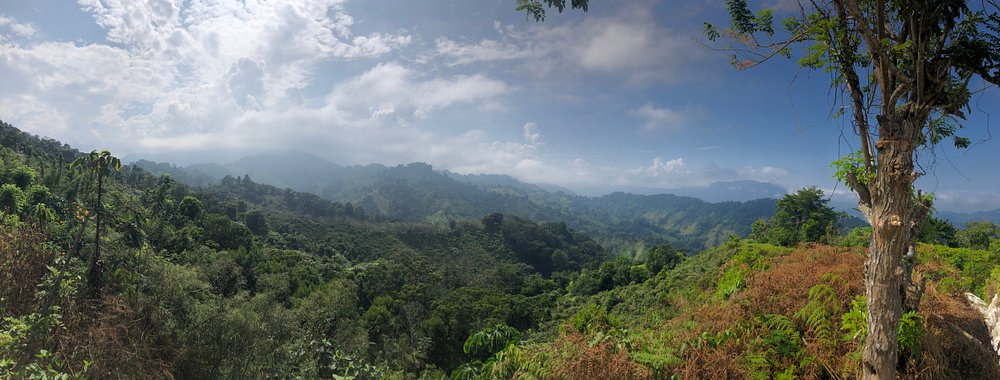
Deep in the Amazon rainforest, tales of a fabled “Lost City of Z,” or El Dorado, have tantalized explorers for centuries. British explorer Percy Fawcett vanished in 1925 while searching for it, his disappearance adding to the lore. Satellite imagery and recent archaeological discoveries suggest that advanced civilizations may have once thrived in the Amazon, possibly inspiring these legends. However, the dense jungle and challenging conditions keep many areas unexplored and secrets buried. The Lost City of Z remains one of the greatest mysteries, embodying the allure of ancient civilizations lost to time.
10. The Winchester Mystery House (A mansion designed to confuse spirits)

The Winchester Mystery House in San Jose, California, is a sprawling mansion renowned for its architectural oddities and lack of any master building plan. Constructed by Sarah Winchester, the widow of firearm magnate William Wirt Winchester, it was believed to be designed to confuse the spirits of those killed by Winchester rifles. The house features doors that open into walls, staircases leading nowhere, and windows overlooking other rooms. Sarah’s motivation and the true purpose of the house’s peculiar design are still debated by historians and visitors alike. The Winchester Mystery House stands as a bizarre monument to grief, guilt, or perhaps madness.
11. The Sailing Stones of Death Valley (Rocks that move on their own)

In the scorched landscape of Death Valley, California, a peculiar phenomenon occurs: rocks of various sizes glide across the desert floor, leaving visible tracks behind them. Known as the Sailing Stones, these rocks have puzzled observers for decades, with some stones weighing up to 700 pounds. Recent studies suggest that a rare combination of ice formation and light winds may propel the stones across the slippery mud. Despite this explanation, the sight of these traveling stones continues to captivate and mystify visitors. The Sailing Stones of Death Valley embody the eerie and unexplained wonders of the natural world.
12. The Hanging Gardens of Babylon (An ancient wonder lost to time)

The Hanging Gardens of Babylon, one of the Seven Wonders of the Ancient World, continue to be shrouded in mystery due to their uncertain existence and location. Descriptions from ancient texts depict a lush, terraced garden, built by King Nebuchadnezzar II for his homesick wife. However, archaeological evidence for the gardens has never been found, leading some to speculate they may have been located elsewhere or did not exist at all. This enigmatic wonder captivates historians and archaeologists, who hope to one day confirm its reality. The Hanging Gardens of Babylon remain a symbol of the elusive beauty and grandeur of ancient civilizations.
13. The Voynich Manuscript (A book no one can read)

The Voynich Manuscript, housed in Yale University’s Beinecke Rare Book & Manuscript Library, is a detailed 15th-century book written in an entirely unknown language or script. Filled with hundreds of pages of puzzling illustrations and diagrams, including exotic plants, astronomical charts, and mysterious human figures, its contents and purpose are undeciphered. Despite the efforts of the world’s best cryptographers and linguists, the manuscript’s meaning remains locked away. The Voynich Manuscript stands as one of the most intriguing puzzles in the world of cryptography. It challenges our understanding of history and language, inviting endless theories and speculation.
14. The Marfa Lights (Unexplained lights in the Texas desert)

The Marfa Lights, observed near the small desert town of Marfa in West Texas, are unexplained phenomena that have sparked curiosity for generations. These mysterious glowing orbs appear in the desert night, moving in patterns that defy explanation. While some theories suggest natural causes like atmospheric reflections or swamp gas, none have conclusively explained the lights. Sightings date back to the 19th century, with both skeptics and believers documenting their experiences. The Marfa Lights remain an enduring mystery, a beacon for those intrigued by the unexplained.
15. The Antikythera Mechanism (An ancient Greek computer)

Discovered in a shipwreck off the Greek island of Antikythera in 1901, the Antikythera Mechanism is an ancient artifact that challenges our understanding of early technology. This sophisticated device, dating back to around 100 BC, is believed to have been used to predict astronomical positions and eclipses for calendrical and astrological purposes. Its complex system of gears and dials is reminiscent of a modern computer, yet it was created thousands of years ago. The exact knowledge and technology used to construct the mechanism remain as puzzling as its purpose. The Antikythera Mechanism is a testament to the ingenuity of ancient civilizations, showcasing a level of technological advancement that seems almost out of time.
16. The Crystal Skulls (Skulls of unknown origin with mystical properties)

The Crystal Skulls are a series of skull-shaped artifacts crafted from single blocks of quartz, claimed to be pre-Columbian Mesoamerican artifacts. However, their authenticity and origins are hotly debated among historians and archaeologists. Some believe these skulls possess mystical powers or were used by ancient civilizations for ceremonial purposes, while others argue they were likely created in the 19th century. Despite scientific analyses, the mystery of who created them and for what purpose remains unsolved. The Crystal Skulls continue to fascinate, blurring the lines between archaeology, spirituality, and myth.
17. The Devil’s Sea (A Pacific Bermuda Triangle)

Also known as the Dragon’s Triangle, the Devil’s Sea is a region of the Pacific Ocean around the Japanese island of Miyake, infamous for stories of unexplained disappearances of ships and planes, akin to the Bermuda Triangle. The area is marked by a high level of volcanic activity, which some believe could contribute to magnetic anomalies and environmental factors leading to these mysterious incidents. However, like its Atlantic counterpart, no conclusive evidence explains the strange occurrences within this zone. The Devil’s Sea remains a captivating mystery, drawing attention from researchers and adventurers alike. Its stories continue to fuel speculation and debate about the powers at play in our natural world.
18. The Aokigahara Forest (Japan’s haunted forest)

Aokigahara Forest, lying at the base of Mount Fuji in Japan, is known for its serene beauty and dark reputation as a site for suicides. The dense forest is rumored to be haunted, with local legends speaking of spirits trapped within its trees. Efforts are made to prevent suicides, including signs with messages of encouragement and patrols. Despite this, it remains a place of sorrow and mystery, attracting both those with morbid curiosity and those seeking spiritual experiences. Aokigahara Forest embodies the complex interplay between nature’s beauty and human despair, its silent trees witness to untold stories.
19. The Lines of Wadi us-Salaam (Ancient lines that can only be seen from above)

Wadi us-Salaam, located in the Iraqi desert, is home to a series of ancient lines and geoglyphs similar to the Nazca Lines, visible only from the air. These sprawling figures and shapes cover vast areas, suggesting significant effort and purpose by ancient peoples. The meaning and function of these geoglyphs, created thousands of years ago, are still largely unknown. They add to the global collection of large-scale ancient art, indicating a widespread human impulse to create monumental land art. Wadi us-Salaam’s lines are a captivating mystery, inviting speculation about their creators and purpose.
20. The Yonaguni Monument (An underwater pyramid in Japan)

Off the coast of Yonaguni, Japan, lies an enigmatic underwater structure often referred to as the Yonaguni Monument. Discovered in 1985, this massive rock formation resembles a pyramid, with terraces, steps, and ramps, fueling debate over its origins. Some argue it is man-made, possibly the remnants of a lost civilization, while others believe it to be a natural geological formation. The monument’s true nature remains undetermined, adding an underwater dimension to the world’s collection of mysteries. The Yonaguni Monument invites divers and researchers alike to plunge into the depths of our planet’s past, searching for clues hidden beneath the waves.
21. The Bosnian Pyramids (Controversial pyramids in Europe)
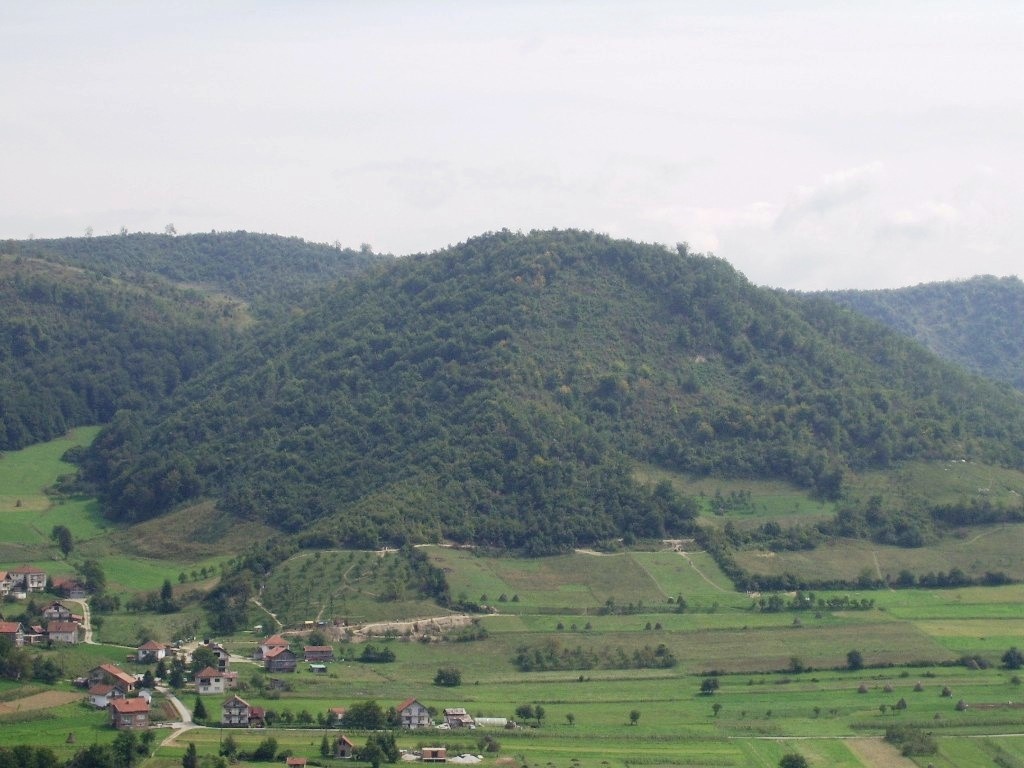
In Visoko, Bosnia and Herzegovina, a complex of hill-shaped structures has sparked debate among archaeologists and historians. Promoted as the oldest and largest pyramids in the world, their discovery was announced in 2005. Critics argue that these formations are natural, while supporters conduct excavations seeking evidence of their claims. The controversy surrounding the Bosnian Pyramids touches on broader themes of history, nationalism, and the desire to rewrite narratives. Regardless of their true origin, these structures have attracted global attention, challenging conventional views on ancient civilizations.
22. The Codex Gigas (The Devil’s Bible)

The Codex Gigas, also known as the Devil’s Bible, is the largest medieval manuscript in the world, famous for its striking full-page portrait of the devil. Created in the early 13th century in Bohemia, the codex contains a complete Bible, as well as texts on exorcism, medicine, and local history. Legends say it was written in a single night by a monk who sold his soul to the devil. Despite its ominous reputation, the Codex Gigas is a remarkable historical document, offering insights into medieval thoughts and beliefs. Its origins and the true intention behind its creation remain a source of fascination and mystery.
23. Lake Baikal (A Siberian lake with ancient secrets)

Lake Baikal in Siberia is not only the world’s oldest and deepest freshwater lake but also a repository of mysteries. It is home to thousands of species found nowhere else on Earth, and legends of monsters lurking in its depths abound. Researchers have documented peculiar phenomena, including giant underwater “rings” visible from space, whose cause remains unexplained. Baikal’s ice formations and unique ecological system continue to draw scientists and adventure seekers. The lake embodies the mystery and majesty of the natural world, its icy waters holding secrets millennia old.
24. Göbekli Tepe (The world’s oldest temple)

Göbekli Tepe in southeastern Turkey is hailed as the world’s oldest temple site, dating back over 11,000 years. This archaeological wonder predates Stonehenge by 6,000 years, overturning conventional theories of the development of civilization. Its circular structures, adorned with intricate carvings of animals and symbols, suggest a complex society capable of organized construction and spiritual practices. The site’s purpose, whether as a temple, observatory, or something entirely different, is still being unraveled. Göbekli Tepe challenges our understanding of human history, offering a glimpse into a time when the world was very different from today.
25. Mount Kailash (A sacred mountain shrouded in spirituality)

Mount Kailash, located in Tibet, is revered by several religions as one of the most sacred mountains in the world. It is said to be the abode of Lord Shiva in Hinduism, representing a pillar of the world. Despite its spiritual significance, it remains unclimbed, with pilgrims making the arduous journey around it rather than ascending. The mountain is surrounded by myths and legends, including beliefs in ancient hidden kingdoms and supernatural powers. Mount Kailash embodies the intersection of the natural and spiritual realms, a place where the physical challenges of the journey reflect the inner quest for enlightenment.
This article was written by a human and edited with AI Assistance





